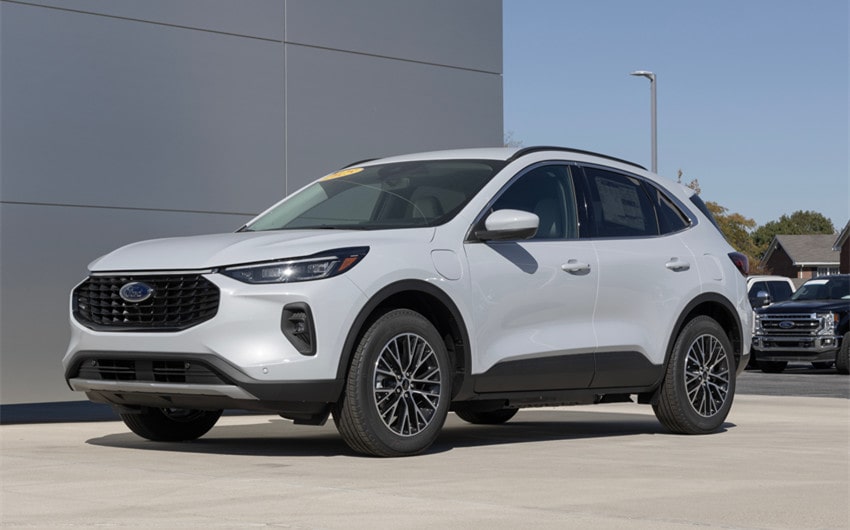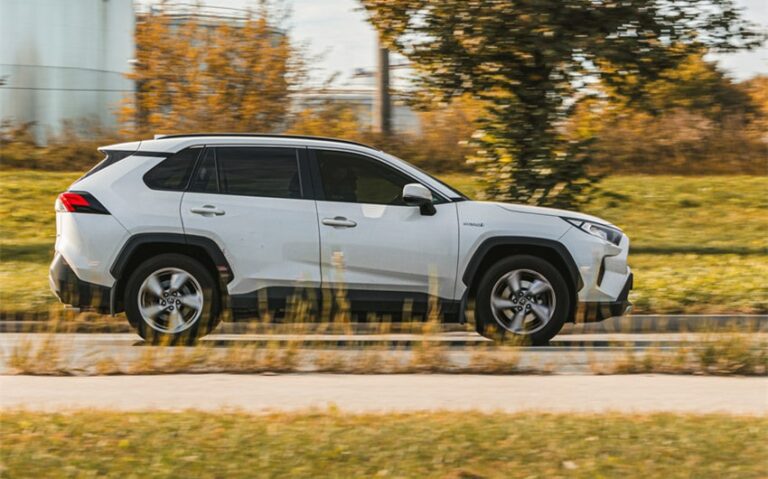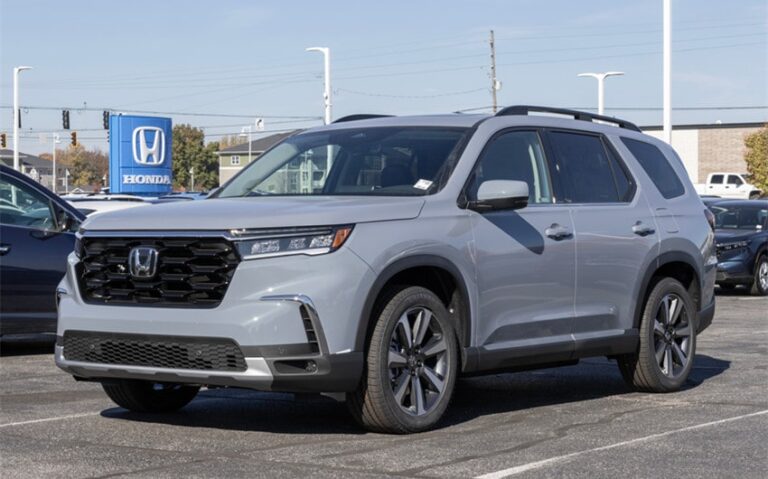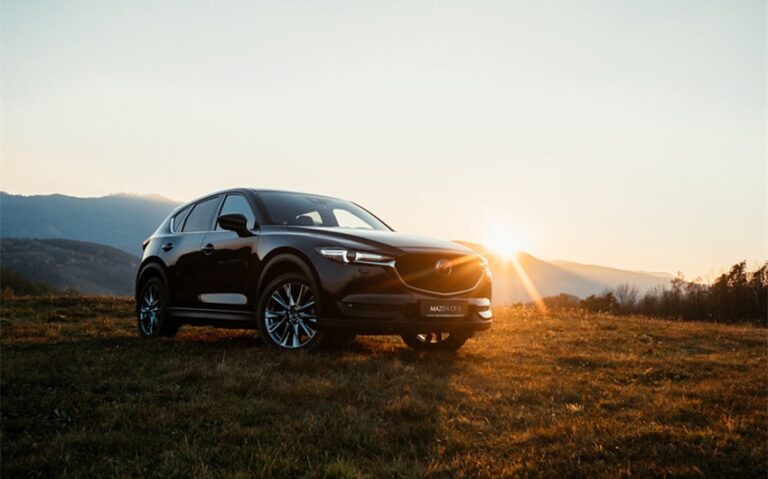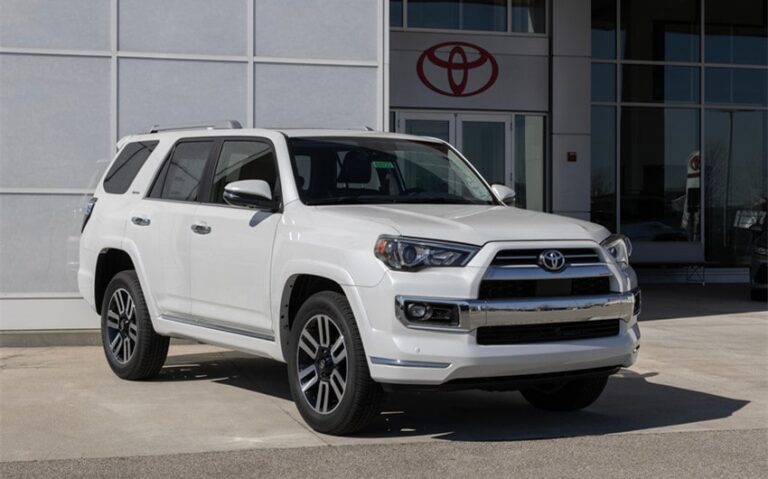Ford Escape Years to Avoid: Don’t Buy Until You Read This
If you’re thinking about buying a Ford Escape, you’re not alone. This compact SUV has been a favorite for years, offering the kind of versatility, fuel efficiency, and value that families and solo drivers alike appreciate. But before you dive into the used market or make a final decision, it’s important to know that not all Ford Escapes are created equal. There are a few Ford Escape years to avoid—models that have frustrated their owners with serious engine issues, unreliable transmissions, costly repairs, and even safety recalls.
Whether you’re eyeing an older model for a great deal or considering a recent version for its updated tech, knowing the trouble years can save you a ton of money, time, and stress. That’s why this guide will walk you through the specific Ford Escape years you should be wary of, explain why they’ve been problematic, and point you toward the model years that are much more reliable. A smart shopper is a happy driver, and with the right information, you can find an Escape that lives up to its name—in a good way.
Ford Escape Years to Avoid
No vehicle is perfect, and even long-running models like the Ford Escape have their low points. Across its four generations, the Escape has seen both hits and misses. Let’s take a closer look at the years that are better off left on the dealer lot.
2005–2008 Ford Escape
These second-generation Escapes may seem like a budget-friendly option on the used market, but they come with a big red flag: transmission and steering problems. Many owners of 2005 through 2008 models reported premature transmission failure, often occurring before 100,000 miles. Replacing a transmission is not a small fix—it can cost anywhere from $3,000 to $5,000, especially if you’re not covered under warranty.
In addition to transmission problems, these Escapes have a well-documented issue with power steering loss. This was due in part to a defective torque sensor in the steering column. While there were service bulletins issued, not every vehicle was covered, and many owners were left footing the bill.
These models also suffered from corrosion issues, particularly in areas with winter road salt. Rear wheel wells and subframes were prone to rust, leading to safety concerns. Combine that with outdated safety features and less-than-stellar fuel economy by today’s standards, and it’s easy to see why these years are best avoided unless you’re getting an exceptionally well-maintained example.
2013 Ford Escape
When Ford introduced the third generation of the Escape in 2013, expectations were high. The new design looked sharp, fuel economy improved, and it offered EcoBoost engine options for better performance. Unfortunately, the 2013 model year quickly developed a reputation for serious engine and cooling system issues, particularly with the 1.6L EcoBoost engine.
Numerous drivers reported the engine overheating and, in extreme cases, catching fire. The root of the problem was a combination of coolant leaks and poorly designed engine components. Ford issued multiple recalls and technical service bulletins, but even with repairs, many vehicles continued to experience problems. This is one of the most recalled Escape model years in history, with over a dozen safety-related notices.
Other issues in the 2013 model included faulty door latches, transmission hesitation, and electrical gremlins affecting everything from the instrument cluster to the climate control system. Overall, the 2013 Ford Escape looks great on paper, but in real-world performance, it’s one of the riskiest years you could buy.
2014 Ford Escape
Many of the problems from 2013 carried over into the 2014 model. While Ford made improvements, the EcoBoost engine reliability was still a major concern. In particular, the 1.6L engine continued to show signs of overheating, coolant leaks, and sensor malfunctions.
Owners also reported issues with the transmission, especially harsh shifting and slipping between gears. Some vehicles experienced complete transmission failure within just a few years of use. These issues were compounded by electrical problems, such as malfunctioning liftgates, frozen infotainment screens, and unreliable backup cameras.
One other note: the 2014 Escape was part of a wave of door latch recalls that affected millions of Ford vehicles. Faulty latches could cause doors to pop open while driving—obviously a serious safety hazard. If you’re considering this year, double-check that all recall work was completed. Even then, it’s a risky bet.
2020 Ford Escape
Fast-forward to the launch of the fourth-generation Escape in 2020, and you’ll find another model year that needs some caution. While the redesign brought smoother styling and a modern interior, early production bugs made it a frustrating experience for many new owners.
The most significant problem in the 2020 model was with the hybrid and plug-in hybrid drivetrains. Owners reported stalling, surging, and battery issues, sometimes while driving at highway speeds. These weren’t isolated complaints—they showed up across multiple trims and configurations. In some cases, Ford had to issue stop-sale orders and temporary production halts due to unresolved safety concerns.
Another issue was the auto start-stop system, which shuts the engine off at red lights to save fuel. While great in theory, many 2020 Escape owners found the system unreliable and jerky, with frequent rough restarts or delayed engine engagement. This led to awkward—and sometimes dangerous—driving situations in traffic.
Lastly, some owners complained about tech glitches, including problems with the SYNC 3 infotainment system and touchscreen freezing. These might not seem serious, but when you’re paying new-car prices, reliability and refinement matter.
Why These Years Are Problematic
What ties these problematic Ford Escape years together? A mix of mechanical flaws, engineering oversights, and poor early rollout quality control. First, when Ford introduced new powertrains—particularly the EcoBoost engines—they were eager to boost performance and efficiency, but they ran into serious durability problems in real-world conditions.
Many of the worst issues involve engine and transmission failures, both of which are costly to repair. While minor electrical issues can be annoying, major drivetrain problems can leave you stranded and thousands of dollars poorer. That’s why 2013 and 2014 stand out—they weren’t just glitchy, they were dangerously unreliable for some owners.
In earlier models like the 2005–2008 Escape, outdated designs and wear-prone parts made longevity a serious concern. And in newer years like 2020, it’s often the first-year redesign bugs that cause trouble. When a new platform launches, automakers are still fine-tuning components and software—unfortunately, early adopters sometimes pay the price.
Beyond the hardware issues, recalls and service availability play a role too. Many of these problematic years were affected by widespread recalls that, while helpful, don’t always solve the root problem or ensure long-term peace of mind.
Best Ford Escape Years to Consider
The good news is that the Ford Escape has had some excellent years too. When Ford gets it right, the Escape is a reliable, fuel-efficient, and fun-to-drive SUV that competes well with the Toyota RAV4, Honda CR-V, and Hyundai Tucson. Here are the Ford Escape model years worth considering.
2010–2012 Ford Escape
These are the final years of the second generation, and they benefit from improved parts and better reliability overall. By this time, Ford had addressed many of the earlier transmission and steering problems. The V6 engine was solid, and while the design is a bit boxier, these models are dependable and easier to maintain than their earlier counterparts.
2017–2019 Ford Escape
Midway through the third generation, Ford hit a solid balance with the 2017–2019 Escapes. The build quality improved, infotainment became more reliable with SYNC 3, and engine choices offered a decent mix of performance and fuel economy. These models also introduced more advanced safety features like blind spot monitoring and adaptive cruise control.
Importantly, the EcoBoost engines in these years had fewer issues, and the overall ownership experience was smoother than the glitchy earlier years. They’re modern enough to feel current but old enough to be affordable on the used market.
2022–2023 Ford Escape
Ford took the lessons from the rocky 2020 launch and smoothed things out in the 2022 refresh. The result? A more refined SUV with better hybrid reliability, fewer complaints, and a quieter, more comfortable cabin. Updates to the touchscreen system and drive modes made these newer Escapes more enjoyable to live with. If your budget allows, these are great options with strong long-term potential.
